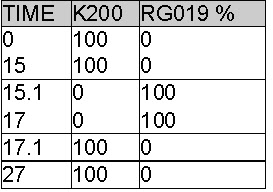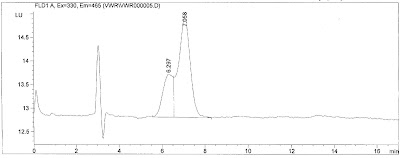Mycotoxins: Clean-up Columns, ELISA Kits, Post-Column Derivatization Instruments & Methods, SPE manifolds (manual & automated) for the analysis of:
Aflatoxins
Ochratoxin A
DON
Nivalenol
Fumonisin FB1, FB2
Zearalenone
Ergot Alkaloids
Post-Column Derivatization: Pinnacle PCX, Vector PCX, UVE Photochemical Reactor, Columns, Reagents, Eluants for the analysis of:
Antioxidants
Mycotoxins (individual and multi-residue)
Amino Acids
Biogenic Amines
Paralytic Shellfish Toxin
Polyether Antibiotics
Hexavalent Chromium
Vitamins
Sugars
Nitrate/Nitrite
Bromate
Carbamate Pesticides
Glyphosate Herbicide
NDELA
Formaldehyde
Sample Preparation (clean-up) Instruments:
FREESTYLE for SPE, GPC, online-concentration
FREESTYLE ThermELUTE for Aflatoxin analysis (direct inject onto HPLC)
AcceCLEAN for SPE (incl. Immunoaffinity columns)
EluVAC vacuum manifold for SPE (incl. Immunoaffinity columns)
GPC QUATTRO for manual GPC Cleanup
DECS System for the cleanup of samples for Dioxin analysis
Chemistry Products:
Artificial Perspiration
Artificial Saliva
High Purity Water
For any applications requiring an inert flow path, volumes up to 70mL, and pressures up to 500psi
For More Information visit:
www.pickeringlabs.com
or email: sales@pickeringlabs.com





